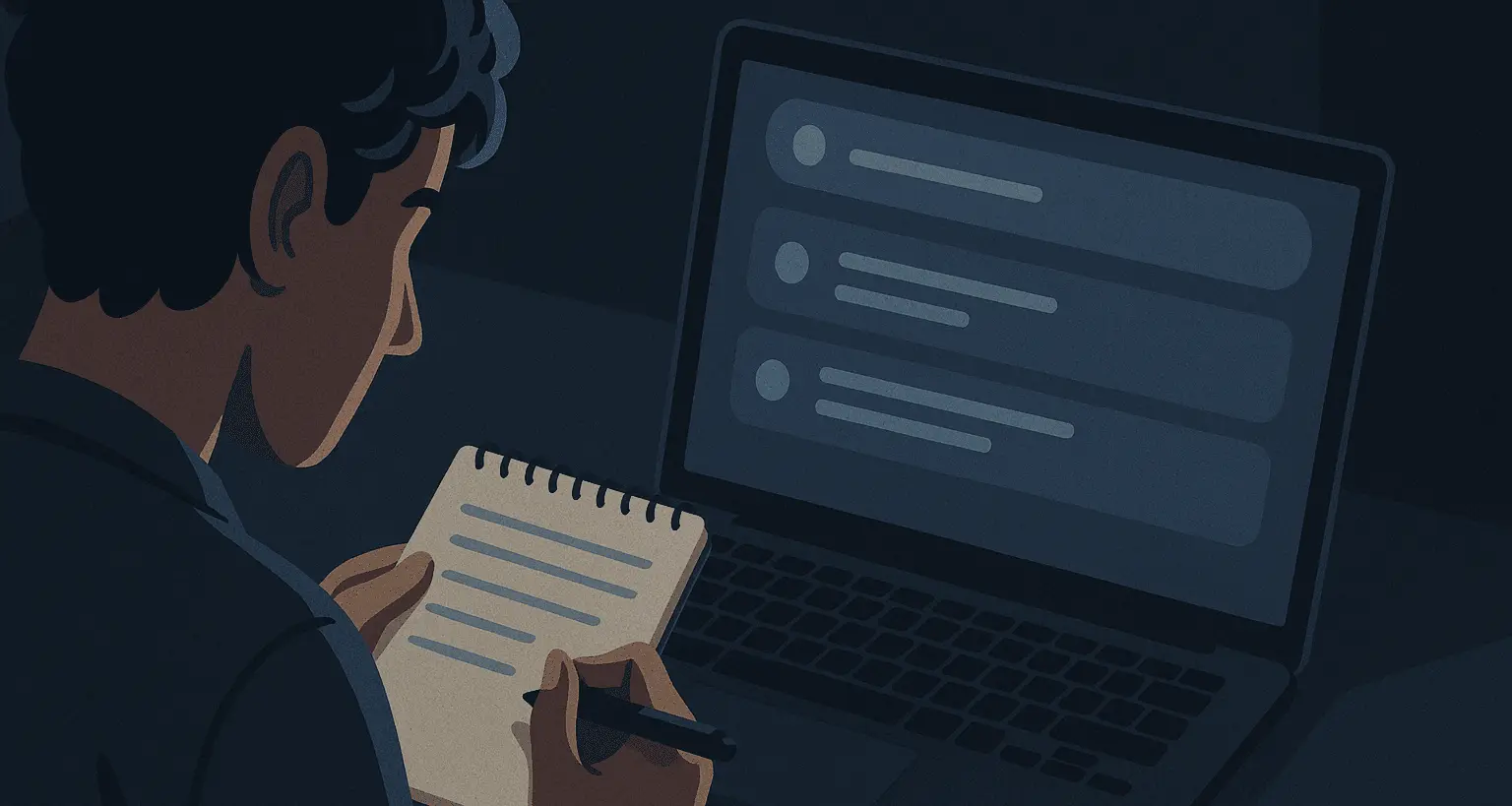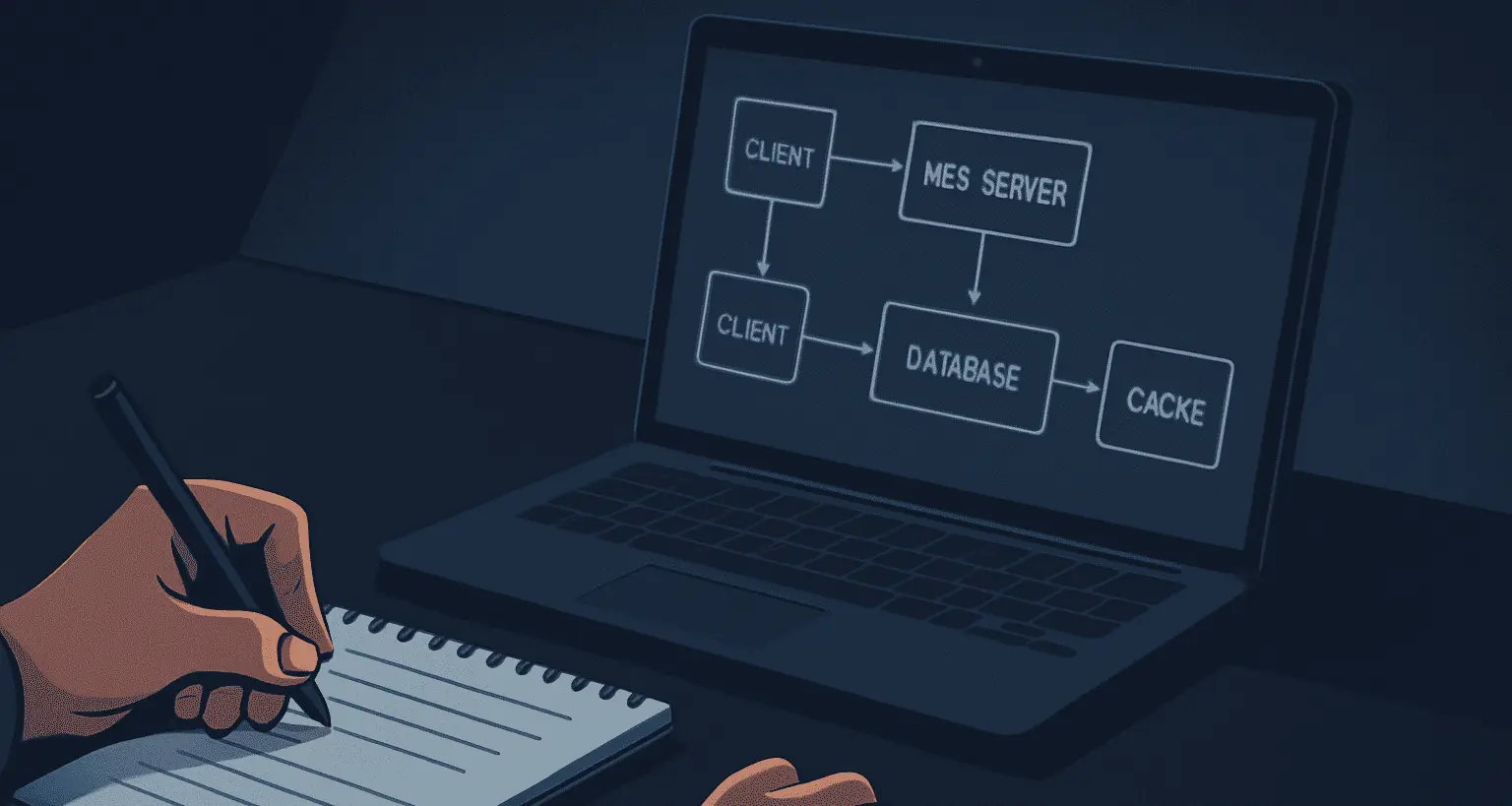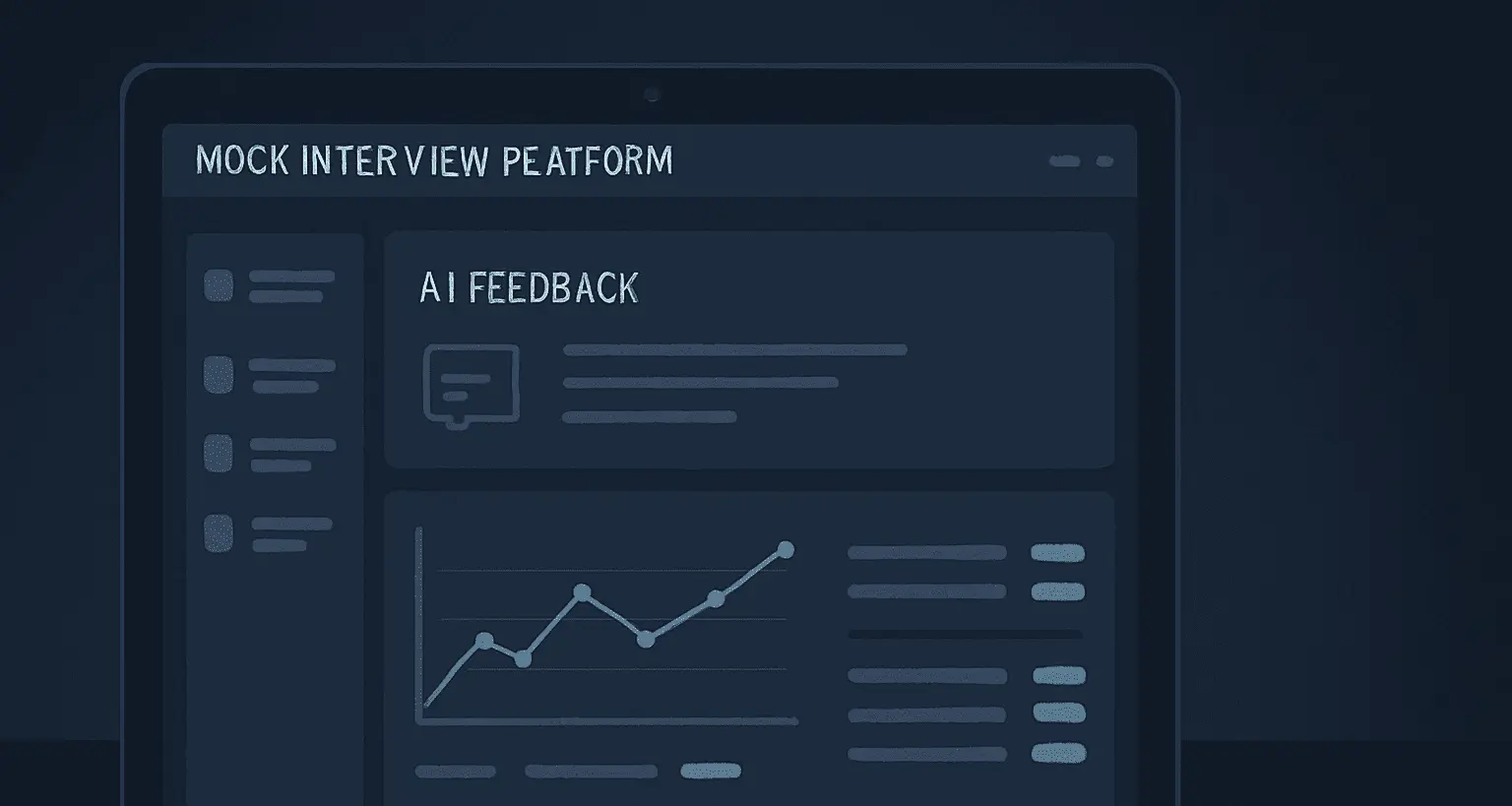Common Interview Questions: Confident Answers for Every Stage

You can’t really prepare for an interview by memorizing someone else’s script. What you can do is understand the common interview questions that consistently pop up, why they matter, and how to answer them in a way that sounds like you on your best day. Over a decade of coaching candidates across tech, healthcare, finance, retail, and nonprofit roles has shown me that thoughtful prep beats luck every single time. This guide brings together the patterns I’ve seen inside hiring rooms, the questions recruiters rely on, and the strategies that turn your stories into compelling answers.
Think of this as your interview lab. We’ll break down typical prompts category by category, add context on what employers hunt for, and pair each item with tips that help you shape your own story. You’ll also get frameworks for tackling curveballs, advice for virtual interviews, and templates for crafting answers that stay fresh even after multiple rounds. Grab a notebook, mark a few questions you know will surface in your field, and tailor the playbook to your voice.
Why Recruiters Rely on Standard Questions
Hiring managers don’t recycle familiar prompts because they’re lazy. They use them because each one reveals something specific: your judgment, your resilience, your ability to adapt, or the clarity behind your decisions. When you anticipate the intent behind a question—say, leadership or problem-solving—you can craft answers that move beyond buzzwords. You also save mental energy during the conversation, freeing you up to stay present and build rapport.
Another benefit? Practicing these familiar prompts helps you stay grounded when unexpected follow-ups land. Once you know how to map experience to themes like collaboration, initiative, or innovation, you can pivot gracefully. That confidence shows. Recruiters tell me they can feel the difference between someone who rehearsed a single line and a candidate who understands the story they’re telling.
How to Prep Without Sounding Stiff
Start by writing down the top ten questions you expect. Next, jot bullet-point answers instead of full essays. Include the Situation, Task, Action, and Result (STAR), but keep it conversational. Record yourself explaining the story in under two minutes. Listen for pacing, filler words, or jargon you wouldn’t use with a colleague. Revise, repeat, and track improvement. Your goal isn’t to memorize—it’s to build a repeatable structure that delivers clarity while leaving space for personality.
If you struggle with nerves, borrow techniques from athletes: visualization, breathing exercises, and light physical activity before the interview. Pair those tactics with question-based rehearsal—answer one behavioral query aloud while standing, another while seated, and a third in front of a friend or mentor. You’ll normalize the experience so when real prompts come up, you’re ready to engage instead of freeze.
60 Questions by Category
Below you’ll find 60 prompts arranged in the clusters recruiters rely on most. Use them to build mock interview sessions or to stress-test your existing anecdotes. Each category includes quick tips to help you tailor responses.
General Openers and Icebreakers
These questions land at the very beginning. They set the tone for rapport, energy, and focus.
- Tell me about yourself. Highlight a story arc that links your past, present, and future goals.
- How did you hear about this role? Mention referrals and what intrigued you.
- What interests you about our company? Show evidence of research—products, mission, or culture.
- Walk me through your resume. Emphasize the transitions that make sense for this next step.
- What do you know about our industry? Share trends, competitive insights, or customer needs.
- How would you summarize your core strengths? Pair each strength with proof.
- What’s the biggest lesson from your last role? Focus on growth, not grievances.
- How do you stay organized? Tie systems to results, especially if the role is fast-paced.
- Describe your ideal manager. Align your answer with the company’s leadership style.
- What motivates you to do your best work? Link motivation to impact and collaboration.
Behavioral Questions
Behavioral questions expect you to connect past actions to future value. Use STAR, but emphasize reflection.
- Tell me about a time you led a team through change. Note the stakes, your approach, and the outcome.
- Describe a project you’re proud of. Focus on the challenge and the measurable impact.
- Share a time you handled conflict at work. Highlight empathy and resolution.
- When did you fail, and what did you do afterward? Talk about resilience and systems you built.
- How do you prioritize when everything feels urgent? Mention frameworks or tools.
- Tell me about a time you influenced without authority. Focus on persuasion and stakeholder alignment.
- Describe a mentoring experience. Share outcomes for both you and the mentee.
- What’s the most challenging feedback you’ve received? Show humility and follow-through.
- How do you balance speed with quality? Provide an example where you struck the right balance.
- Tell me about a time you improved a process. Quantify efficiency or savings gained.
Leadership and Management Questions
Even individual contributors face leadership-themed questions. They reveal how you take ownership.
- How do you set goals for your team? Reference frameworks like OKRs or SMART goals.
- Tell me about a time you had to make an unpopular decision. Explain context, communication, and follow-up.
- How do you handle underperforming team members? Balance empathy and accountability.
- Describe your approach to delegation. Mention trust, clarity, and checkpoints.
- How do you build morale during tough times? Share tactics that kept the team connected.
- What’s your coaching philosophy? Tie it to outcomes you’ve seen.
- How do you measure success for your team? Combine quantitative and qualitative metrics.
- Describe a time you advocated for resources. Include data and cross-functional collaboration.
- How do you ensure diversity of thought? Mention inclusive rituals or meeting structures.
- What’s your approach to succession planning? Show how you prepare teammates for growth.
Role-Specific Technical Questions
Tailor these prompts to your discipline. The key is explaining your reasoning in plain language.
- Walk me through your most complex project. Spotlight the technical hurdles and trade-offs.
- How do you validate your work before it ships? Talk about testing, peer reviews, or pilots.
- Describe a time you solved a tricky technical bug. Share root cause analysis.
- What tools or platforms do you rely on most? Tie tools to business impact.
- How do you stay current in your field? Mention communities, certifications, or experiments.
- Tell me about a time you balanced technical debt with new features. Highlight stakeholder communication.
- How would you explain this concept to a non-expert? Show your ability to simplify complexity.
- Describe your handoff process with adjacent teams. Focus on documentation and alignment.
- What metrics do you track to gauge success? Link metrics to customer value.
- How do you handle production incidents? Share escalation, triage, and post-mortem habits.
Situational and Problem-Solving Questions
Situational questions probe how you’d react to hypotheticals. Structure responses as diagnose, decide, deliver.
- What would you do if priorities shifted mid-project? Show agility and communication.
- How would you revive a stalled initiative? Discuss stakeholder re-engagement.
- What if a client rejected your solution? Emphasize listening and iteration.
- How would you allocate a reduced budget? Prioritize essential outcomes.
- What if you spotted unethical behavior? Reference policy and integrity.
- How would you onboard to an unfamiliar domain? Share research and shadowing strategy.
- What if your manager disagreed with your recommendation? Talk about data and compromise.
- How would you reframe a missed deadline with stakeholders? Stress transparency and recovery plans.
- What would you do if a teammate hogged credit? Balance diplomacy with clarity.
- How would you manage a high-stakes presentation? Describe rehearsal and contingency planning.
Culture Add and Values Questions
Culture-focused questions test alignment with the company’s mission and interpersonal style.
- What kind of team brings out your best work? Mention collaboration, autonomy, or feedback loops.
- How do you handle disagreements about values? Emphasize respect and resolution.
- What does inclusion mean to you day-to-day? Provide concrete practices.
- How do you recharge outside work? Share healthy habits, not clichés.
- Describe your communication style. Tie it to different audiences.
- How do you recognize teammates? Highlight appreciation rituals.
- What values guide your decisions? Connect to the company’s principles.
- How do you handle ambiguous expectations? Discuss clarifying questions and alignment meetings.
- What traditions or rituals did you introduce to past teams? Show your culture-building side.
- How do you keep yourself accountable? Reference personal checkpoints.
Closing and Future-Focused Questions
The final stretch includes questions that gauge long-term fit and curiosity about growth.
- Where do you see yourself in five years? Balance ambition with loyalty.
- What are you hoping to learn here? Mention specific skills or domains.
- How do you measure personal success? Tie to impact and learning.
- What questions do you have for us? Prepare thoughtful, researched prompts.
- Is there anything else we should know about you? Reinforce your value proposition.
- What does your ideal first 90 days look like? Outline discovery, relationship-building, and early wins.
- How do you approach ongoing professional development? Mention courses, mentors, or communities.
- Why should we choose you over other candidates? Summarize differentiators backed by proof.
- What would make you leave a role? Show you value challenge and alignment.
- How do you evaluate job offers? Discuss mission, team, and impact.
Crafting Memorable Answers
With the list in hand, let’s turn to strategy. Memorable answers blend clarity, authenticity, and evidence. Start with a hook—set the scene in a sentence. Add the tension: what was at stake, what obstacles showed up, what constraint pressed the timeline. Then dive into your action. Conclude with measurable results and a bonus insight about what you learned or how you applied the lesson later. That structure keeps listeners engaged and shows you think like a problem-solver.
Don’t forget to recenter the interviewer. After answering, connect the dots back to their needs. For example: “That’s why I’m excited about your customer success philosophy; it mirrors the proactive outreach program I built.” Tying responses to the company’s goals proves you’re not recycling generic lines—you’re tailoring stories to their reality.
Sample Answer Frameworks You Can Reuse
Below are three adaptable templates. Swap in your own details to make them stick.
“Tell Me About Yourself” Template
Start with a one-line summary of your role and expertise. Add two quick highlights that show breadth—perhaps a project, certification, or award. Close with what excites you about this opportunity. Keep it under 90 seconds. When you deliver this response, you’re setting the stage for later questions to dive deeper into those highlights.
Behavioral Question Template
Use STAR, but add reflection. After Result, weave in a lesson: “Since then, I’ve applied that approach to three other launches.” This signals maturity and adaptability—traits recruiters crave.
Technical Explanation Template
Break your answer into three parts: context, solution, impact. Imagine you’re explaining to a new teammate. This keeps your language accessible and prevents the glaze-over effect that happens when candidates dive too deep into jargon. Practicing this template around architecture, analytics, or design ensures you can toggle between detail and clarity.
Avoid These Pitfalls When Answering
Even well-prepared candidates stumble on predictable traps. To keep your answers sharp, watch out for these habits:
- Rambling: If your answer passes the two-minute mark, you risk losing focus. Time your responses during practice.
- Vagueness: Replace generalities with specific numbers, outcomes, or feedback you received.
- Negativity: Talk about challenges, but frame them as fuel for growth rather than grievance.
- Lack of curiosity: Prepare thoughtful questions to ask them. It proves you’re engaged beyond your own story.
- Forgetting the follow-up: After answering, offer to go deeper: “Happy to share the playbook we developed if that’s helpful.”
Remote Interview Tips
Video calls remain the norm in many hiring processes, which means the logistics of delivery matter almost as much as the words. Before tackling prompts on Zoom or Meet, run tech checks—camera framing, lighting, microphone clarity. Keep notes nearby, but don’t read them verbatim. Instead, write keywords on sticky notes to jog your memory without breaking eye contact. And remember to pause; slight lags can cause interruptions if you speak without breathing room.
It’s also smart to set the stage. Choose a neutral background, silence notifications, and have water handy. During the conversation, mirror the interviewer’s energy, nod along, and smile. When storytelling comes up, use your hands naturally to emphasize beats. If you need a moment to think, say, “Great question—let me take a second to consider.” That calm confidence plays well across screens.
Follow-Up Strategy
Your work doesn’t end when the meeting does. Within 24 hours, send a thank-you note that references specific questions you enjoyed discussing. Reiterate a key point you want them to remember—maybe the product launch you led or the customer retention campaign you revived. Attach any resources you promised, like a portfolio or writing sample. Finally, note what excites you about the role’s next steps. This follow-up keeps you top of mind and showcases professionalism.
Build Your Personalized Practice Plan
All this prep becomes truly powerful when you tailor it to your goals. Pick twenty prompts from the list above that align with your target roles. Schedule three practice sessions per week: one solo, one with a peer, and one using a mock interview platform like GetMockInterview.com. Track the questions that still feel clunky. Each week, replace them with fresher narratives until every answer feels natural, precise, and energetic.
When you finally log into that interview room or walk through the door, you’ll know you’ve done more than memorize stock phrases. You’ll have crafted a conversation rooted in self-awareness, empathy, and evidence. That’s what turns hurdles into opportunities—and what takes you from candidate to top choice.
Ready for the Next Step?
Keep this guide handy as you rehearse, bookmark the prompts that resonate most, and layer in fresh examples as your career evolves. Interviews aren’t pop quizzes designed to trip you up—they’re dialogues that let employers see how you think, communicate, and partner. Show up prepared, stay curious, and close with confidence. The offer letter comes next.





